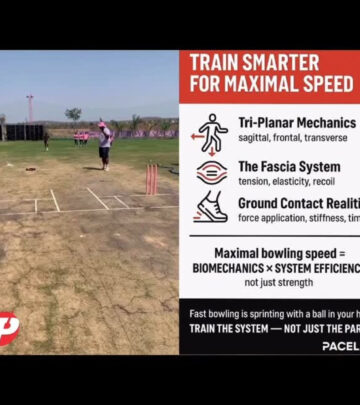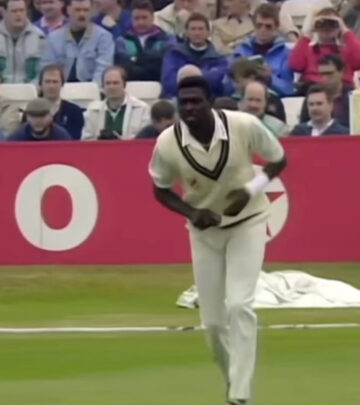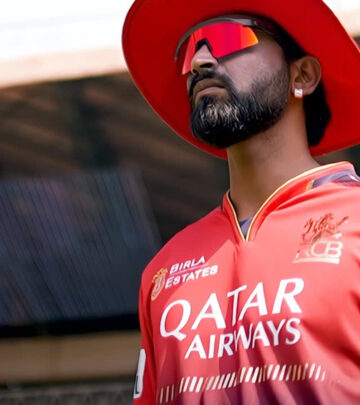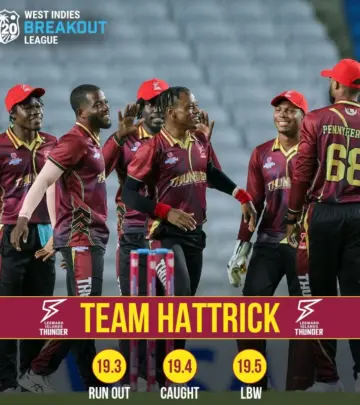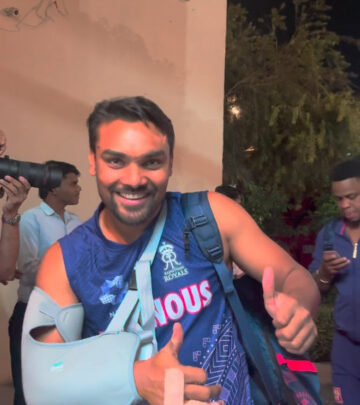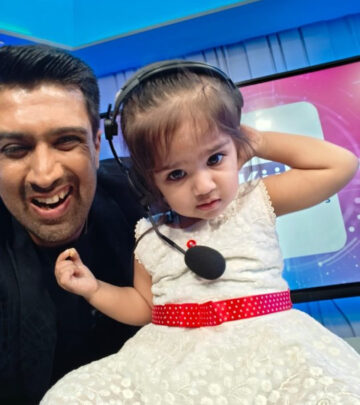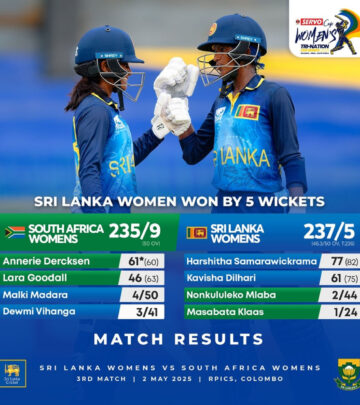PaceLab Elevates Fast Bowling Accuracy
Speed without precision fails. Pacelab’s training fuses power and accuracy in fast bowling.

Image: Instagram
In today’s fast-paced cricket environment, raw pace alone isn’t enough to outsmart opponents. Pacelab Limited is setting a new benchmark by redefining fast bowling training. Their structured model goes beyond just speed, emphasizing the critical role of accuracy and tactical awareness. By integrating three distinct categories of accuracy—Competition, Contextual, and Constrained—Pacelab’s system teaches bowlers to deliver smart, effective performances under pressure.
Competition Accuracy
Competition Accuracy is all about replicating true game day conditions in training. Through match simulations and live competition drills, Pacelab ensures that bowlers experience the intensity and uncertainty of a real match. As noted in their recent communication, the focus is on representative design: if the training mirrors what the bowler faces during a game, then the transition from practice to performance becomes seamless. This component underlines that the skill of executing at high pace is only as effective as its test under pressure. Coaches stress that without this simulation, a bowler’s pace doesn’t translate into effective wicket-taking or run containment.
Contextual Accuracy
While speed forms the core, contextual accuracy builds the bowler’s tactical intelligence. The training involves scenario-based drills that force the athlete to adapt their line and length in response to changes on the field. The concept of perception-action coupling means the bowler must constantly read the batter’s movements and adjust their delivery accordingly. This dynamic approach transforms static target training into a fluid, responsive skill set. Through such drills, bowlers learn that the target on the pitch is a moving and evolving challenge, requiring split-second decisions and continuous adaptation.
Constrained Accuracy
In addition to simulating game conditions and enhancing decision-making, Pacelab incorporates constrained accuracy via technical drills. Using equipment such as the V-Flex system and scatter cone bowling exercises, bowlers engage in drills that build repeatability and precision without over-reliance on coaching cues. These methods promote implicit learning by encouraging the brain to find its own solutions, ensuring that when under pressure, the bowler’s movements remain fluid and accurate. The structured approach helps athletes fine-tune their technique gradually, creating a balance between force and finesse.
The Pacelab system is not merely a theoretical model; it stands on solid scientific principles and practical success. Celebrity fast bowler Steffan Jones, whose career and insights have been widely documented, recently highlighted the limitations of a max effort-only approach. In one of his earlier Instagram posts, he explained that constantly chasing top speed without a structured training regime leads to neural fatigue, hampered technique, and even injury. His observations align perfectly with Pacelab’s emphasis that speed must always be paired with smart, technical execution.
Steffan Jones’s experience underscores a common challenge in fast bowling—breaking through a pace ceiling. As he pointed out, training solely for high velocity risks overlooking the need for tactical precision and the management of physical fatigue. His advocacy for a balanced system, like that promoted by Pacelab, reveals the importance of managing workload, coordinating muscle groups efficiently, and reinforcing skill retention through varied drills. This balanced approach not only elevates performance on match day but also mitigates injury risks commonly associated with overexertion.
Beyond the training ground, the Pacelab methodology is resonating widely among experts, with multiple posts online reiterating a similar message: smart work beats hard work. Inspirational quotes from various fast bowling training sessions echo this sentiment. One popular refrain reads, “Hard work does not pay off. Smart work does,” capturing the essence of the strategy where precision and systematic training methods are prioritized over mere brute force.
Another layer to the conversation involves the management of fatigue. One Instagram post pointed out that understanding and managing fatigue is crucial for sustained performance. The timing, the drills, and even short recovery circuits are all integral in keeping the central nervous system primed. Pacelab has taken a democratic approach to modern training by integrating these recovery protocols, which reset neural efficiency without compromising the explosive power necessary for fast bowling.
Moreover, the Pacelab system incorporates adaptable training tools that instruct bowlers on how to react when things do not go as planned. With drills designed to challenge every facet of a bowler’s delivery—from the run-up to the moment of release—the system acknowledges that each phase of the sequence is interconnected. By breaking down the process into components, bowlers receive targeted interventions that reinforce proper muscle coordination and timing. This method lowers the risk of injury while simultaneously enhancing performance.
In sum, Pacelab Limited’s approach offers a comprehensive framework that moves beyond the traditional emphasis on raw pace. By instilling Competition, Contextual, and Constrained Accuracy into fast bowling drills, the system weaves together speed with smart execution. The insights shared by renowned fast bowler Steffan Jones and echoed by thought leaders across social media affirm that in the modern game, the fusion of tactical awareness and technical precision is indispensable.
As fast bowling continues to evolve, Pacelab’s training paradigm stands as a crucial innovation for players seeking to maximize their potential. For coaches, athletes, and enthusiasts alike, this approach underscores a timeless truth: speed is an asset, but accuracy and intelligence turn that speed into lasting success.
Read full bio of Joyce




